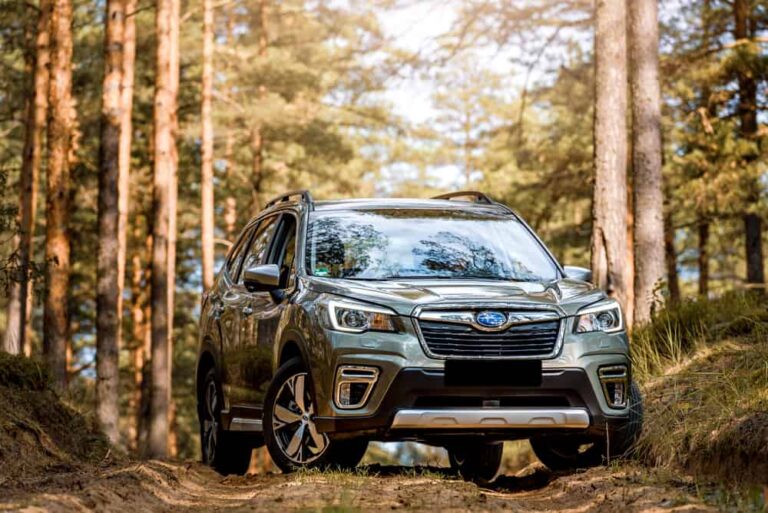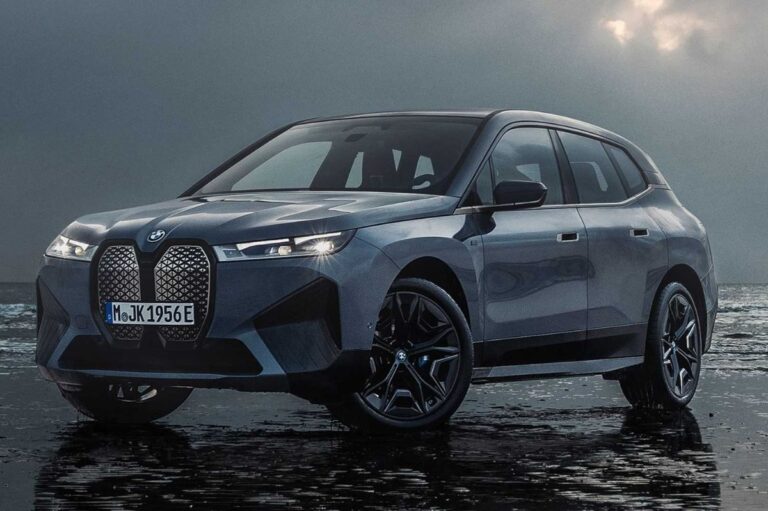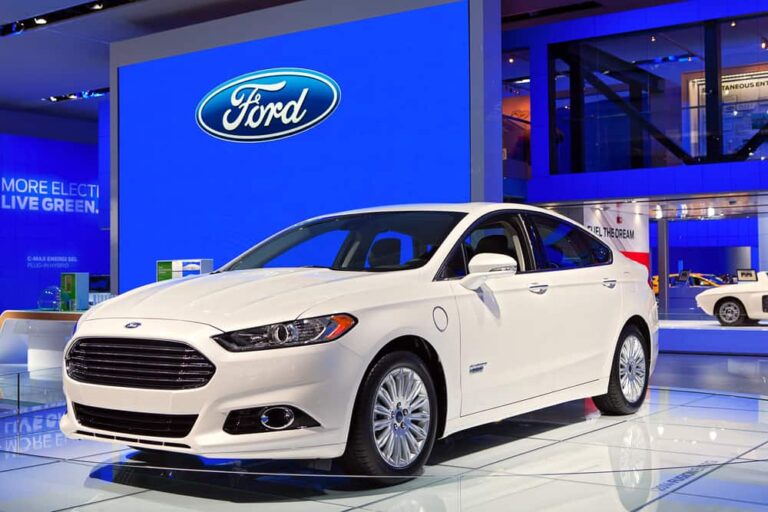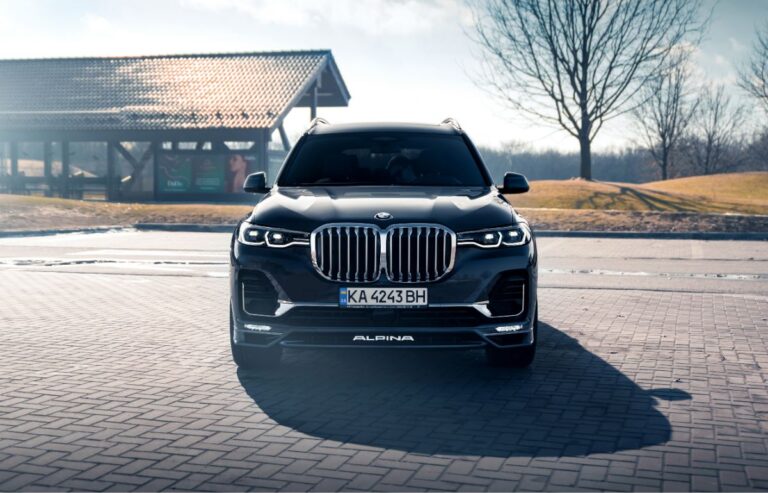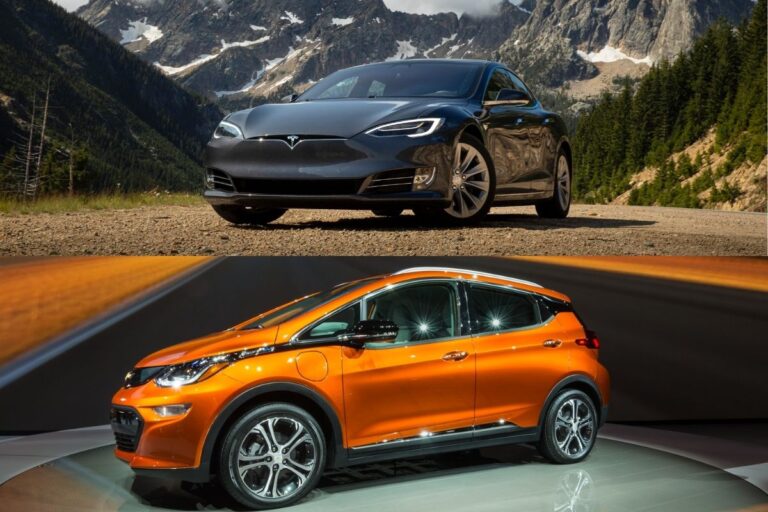
Italian automaker Ferrari has been making fantastic vehicles for over 80 years. Driving home in a Formula One Ferrari would be a dream, but the Ferrari 296 GTB offers a more realistic and attainable version of Ferrari power for the everyday driver.
The 2023 Ferrari 296 GTB
Trim Levels and Pricing

Ferrari split the 296 into two models based on the body style: the 296 Gran Turismo Berlinetta (GTB) and the 296 Gran Turismo Spyder (GTS). The GTB has a standard coupe body, and the manufacturer’s suggested retail price (MSRP) is $321,400. Pricing is not yet available for the GTS, but expect a significant price increase of $20,000 or more to gain the drop-down roof.
Option pricing is not always upfront for luxury vehicles with limited runs. The Assetto Fiorano package inches up the performance of the 296, but it’s going to add about $40,000 to the price. Other options likely won’t cost as much, but you’ll need to contact a Ferrari dealer with your preferences for exact pricing.
Performance and Efficiency
A conventional and electric motor combine for seat-clinging acceleration in both the GTB and GTS versions of the 296. Both versions have equivalent performance, which is a testament to Ferrari’s engineering process for the 296 GTS convertible. The conventional engine is a rear-mounted Ferrati Tipo F163, a V6 twin-turbo with 3.0 liters of displacement that provides 654 horsepower.
Also mounted in the rear, the electric motor adds another 165 hp, bringing the combined hp to 819. Both reach a top speed of 205 mph on testing tracks. Acceleration performance isn’t the absolute best, but there aren’t many cars on the road that can keep up with one.
Ferrari’s official numbers are 2.9 seconds to reach 100 kph (about 62 mph) and 7.3 seconds to reach 200 kph (about 124 mph). In a quarter-mile drag, it should finish in about 10.4 seconds. Overall fuel economy benefits from hybrid power sources, especially when city driving at an estimated 18 mpg.
Highway driving bumps the efficiency up to 22 mpg. That’s still an efficient mark, but the fuel economy in stop-and-go traffic is notably better than comparable sports cars with purely conventional engines. In a pinch, it’s possible to drive the 296 just off the power in the electric motor.
It’s not something you’ll want to use every day, since the driving range is a measly 25 km, or just over 15 miles. That’s enough to make it to the next gas station in urban and suburban areas, but many people drive farther than that to get to work.
Safety
Safety data from independent testing facilities like the National Highway Traffic Safety Administration (NHTSA) and the Insurance Institute for Highway Safety (IIHS). A lack of testing isn’t uncommon on vehicles with limited production numbers, so keeping an eye on recalls and other events for a vehicle becomes more important for luxury car owners. As of the time of this article, there have been no recalls issued for the Ferrari 296.
Comfort and Infotainment
The two-seater coupe exudes exotic elegance from every surface. Italian leather is standard, and the weaving lines of the trim are as easy on the eyes as the contoured bucket seats are on the body. Cargo volume isn’t currently available, but expect it to be less than 10 cubic feet.
A lack of a more conventional touchscreen display jumps out from the typical dashboards in modern vehicles. Other manufacturers are expanding and enhancing their displays, but Ferrari minimized most of the digital elements into the instrument cluster for the driver. Having the navigation display right in the cluster is helpful for solo drivers, but it does make it harder for a passenger to help plan the route.
The 296 does come with Apple CarPlay and Android Auto support, but using the unique infotainment system and horde of buttons on the steering wheel will require reading the manuals, watching the tutorials, and some practice.
Top 3 Cars Similar to the Ferrari 296 GTB
1. Lamborghini Huracan EVO
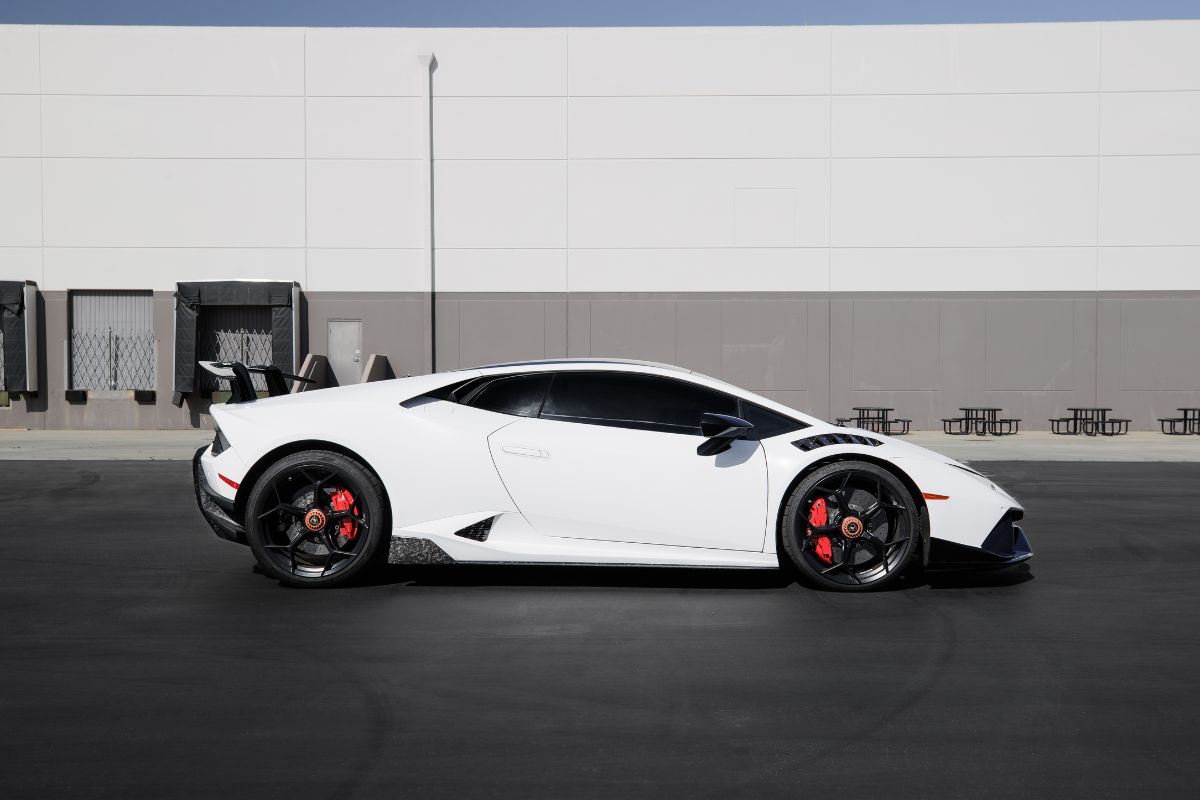
There’s no calm in the Lamborghini Huracan EVO. The exotic coupe’s 5.2-L V10 engine delivers about 630 horsepower and 443 lb-ft of torque for a heavy roar of power as you accelerate. Although it has four extra cylinders, the 296 has more overall horsepower, which helps it beat out the Huracan when accelerating at higher speeds.
Other Huracan variations have slightly lower speed and acceleration, so you’ll have to accept losing 0.2 seconds on the 0 to 60 mph time if you want the convertible Evo Spyder. The way the Huracan burns through fuel is just as rapid as its acceleration at 13 mpg city and 18 mpg highway, putting its maximum driving range before refueling at an estimate of 324 miles. Both the 296 and Huracan are exotic sports cars in price and style, but the Huracan has a starting MSRP that runs about $100,000 less than the 296.
The Huracan feels more futuristic from the inside out, but the differences are minor enough that it’s hard to pick a clear favorite.
2. Porsche 911 Turbo S

A significant number of trims for the Porsche 911 complicate the comparison, but the Turbo S stands ahead of all the others. First, the Turbo S starts at $216,100 for a decent discount compared to the 296. If you really don’t want to save money, the 911 Sport Classic is a slower version that costs $272,300.
On the track, Porsche lists the time to reach 60 mph at 2.6 seconds with the addition of the Sports Chrono package. The total power in the engine is lower than the 296, but it still clears a quarter mile in under 10 seconds. It’s also fairly efficient for a fully conventional powerhouse at 15 mpg city and 20 mpg highway.
The exterior has that distinct Porsche appeal that is softer than a Ferrari or Lamborghini while still promising performance and commanding respect. Dropping the roof back is an option in the Turbo S Cabriolet, but vehicle performance drops slightly for it.
3. Lucid Air
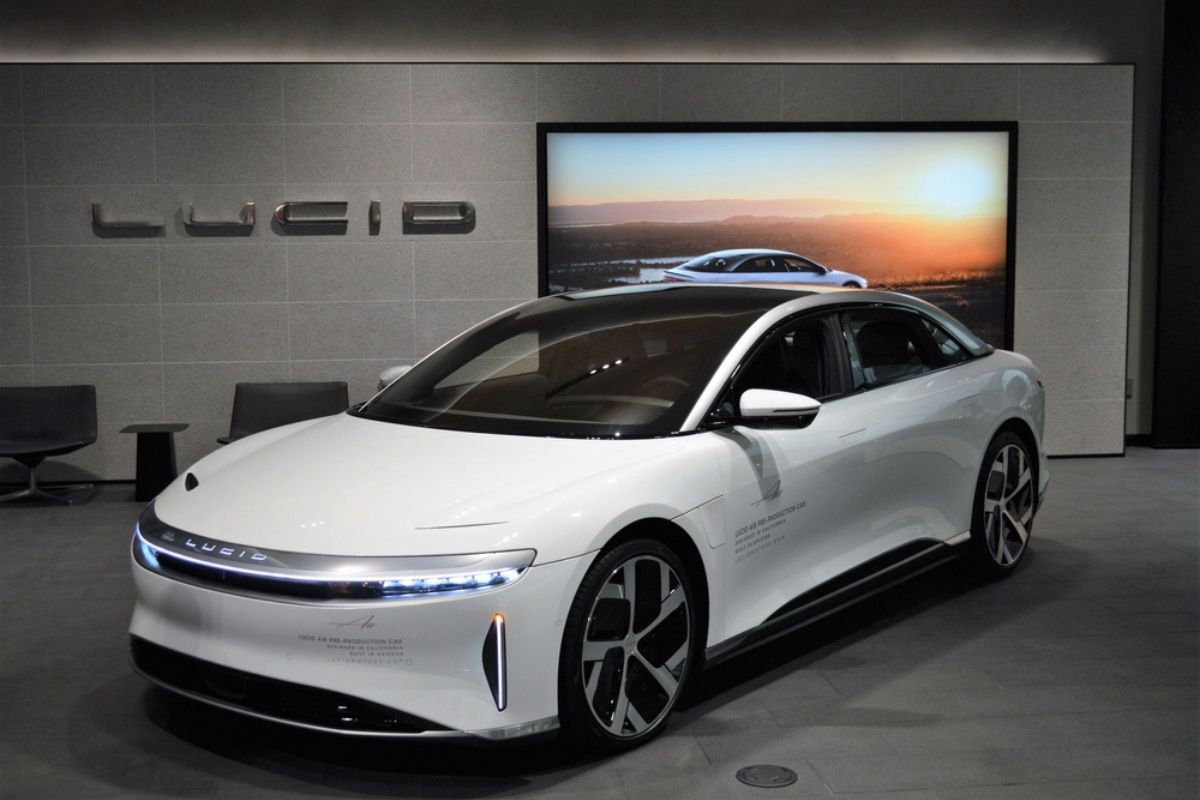
Lucid doesn’t have the name recognition or breadth of models that other manufacturers have, but it does deliver a luxury electric vehicle that surpasses a number of its contemporaries in performance and value. The upper-end Air Grand Touring trim with the performance package costs just over half as much as a 296 with a starting MSRP of $179,000. The performance package stuffs the vehicle with enough electric motors to send 1,050 horsepower to the wheels.
Surging like electricity, the Air Grand Touring pushes past 60 mph in under 2.6 seconds and finishes a quarter-mile in under 10 seconds. A maximum 516 miles of driving range is far beyond the minimum for a daily driver. Plenty of tech and safety features are included, like automated parking assistance and traffic sign recognition.
There is a notable shift in aesthetics. Lucid’s vehicle is a four-door sedan, so it seats four with plenty of room for cargo. No convertible option is available, but a glass roof offers a full view of the sky without messing up hairstyles or hearing. Lucid arguably does a better job at a minimalist design, even with a larger display panel.
It’s still a luxury car, but it’s not quite a $300,000 Ferrari. As long as you’re not put off by the idea of entirely giving up gasoline, the Air Grand Touring gives more for less.
Other Cars Similar to the Ferrari 296 GTB
4. McLaren 720S

The McLaren 720S falls right near the Ferrari 296 in several key metrics, including price, performance, and luxury. Its MSRP begins slightly lower at $299,000 for the stock roof, jumping to $315,000 for the convertible. Pushing to 60 mph in 2.8 seconds and clearing the quarter mile in 10.4 seconds means a race between the two vehicles could go either way.
Overall, the body design on both vehicles has an exotic sports car flair, but the 720S has more pronounced aerodynamic lines for a sharper appearance.
5. Chevrolet Corvette Stingray

With all the bells and whistles, a Chevy Corvette Stingray will clock in at 60 mph in the same 2.9 seconds as the Ferrari 296. The starting MSRP for a Stingray would be high for most consumers, but even a fully loaded Stingray will barely cost over $100,000. The massive discount isn’t without some drawbacks.
The top speed on the Stingray drops to 194 mph, and the extra horses on the 296 become more apparent as the speed increases. The 296 would handily take the Stingray in a quarter mile drag race, assuming top performance from both vehicles. Hybrid power in the 296 does make it slightly more efficient than the Stingray’s 15 mpg city, but long-distance drivers will enjoy the 27 mpg highway.
6. Maserati MC20

Maserati’s MC20 is a strong competitor to the Ferrari 296, Porsche 911, and other luxury sports cars. Standard butterfly wings, track-worthy body angles, a slick modern interior, and other precise touches enhance the comfort and appeal from every angle. Economically, it’s cheaper than the 296 GTB at $212,000 to start, and the engine gets decent mileage at 15 mpg city and 25 mpg highway.
Performance in the Maserati sports car keeps right on pace with the 296 at 2.9 seconds to reach 60 mph.
7. Ford Mustang Shelby GT500

Like the Corvette, the Mustang is an iconic American vehicle that offers decent performance at a price that’s accessible to a larger section of the consumer base than the host of luxury sports cars on this list. The entry-level Mustang isn’t a true competitor here since it takes a comparatively slow 4.2 seconds to reach 60 mph, but the MSRP of $27,000 means you could buy 11 of them for the price of one 296. To get closer to the performance levels needed to compete with the 296, the Shelby GT500 trim pulls the time to 60 mph down to 3.4 seconds and clears a quarter mile in 11.3 seconds.
The 5.2L V8 that improved performance will also churn through a gallon of gas every 12 miles. The cost is several times more than the basic trim at $79,420 to start, but it’s still a large price drop compared to the 296.
8. Chevrolet Corvette Z06
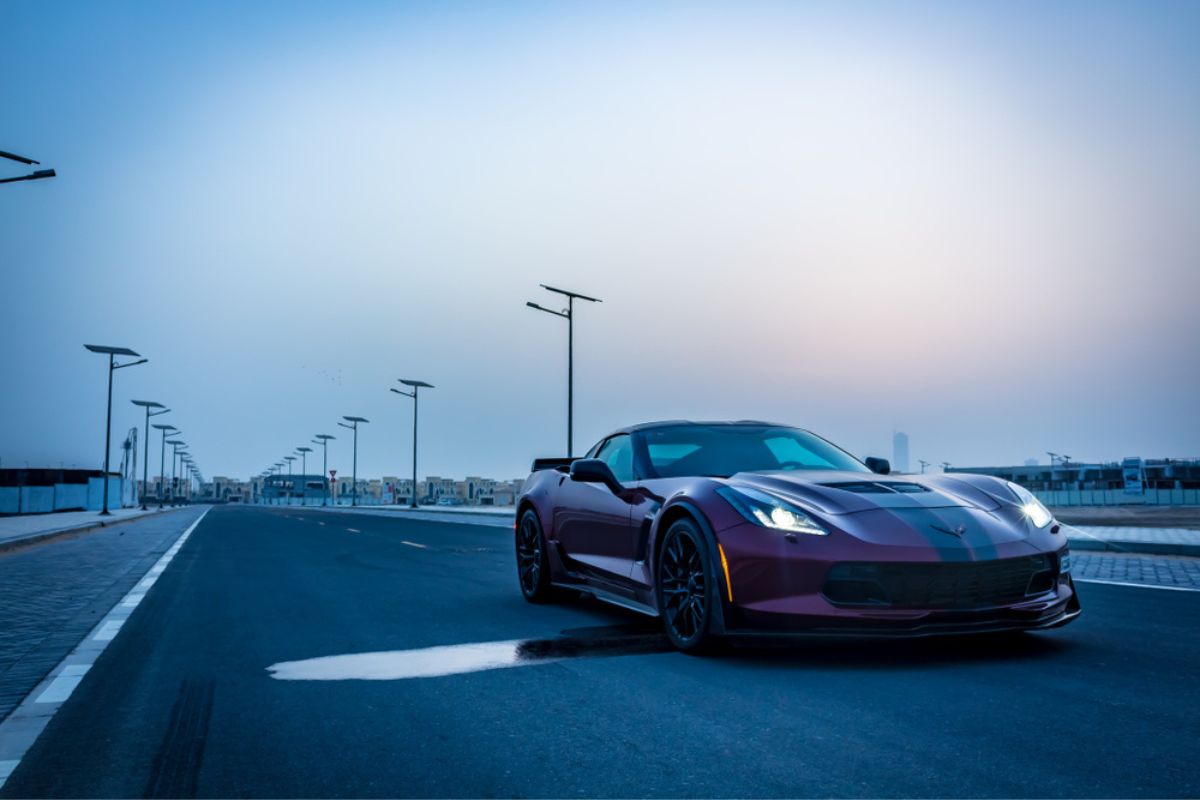
Chevrolet has slated its Z06 variation of the Corvette for a 2023 release date. The V8 performance vehicle touts 670 horsepower and will spin to 60 mph faster in 2.6 seconds – about 10% faster than the 296. They aren’t just sticking a big engine in the Corvette for this trim, either.
The body angles are bolder, the tires are wider for better traction, and options like carbon fiber wheels and wings to further bridge performance and appearance. As the new performance version of the Corvette, it costs more than the current Stingray. The starting 1LZ trim has a starting MSRP of $105,000, and the 3LZ begins at $118,850.
That’s still far cheaper than the 296 for an American car with exotic allure. The major downside for now is the wait to get one.
9. Bentley Continental GT Speed

Bentley’s Continental GT is notably slower than the other performance vehicles at 3.5 seconds in the Speed trim, and it’s not much cheaper than the 296 GTB with a $274,000 starting price. As might be expected, its 6.0L V12 is not very fuel efficient in the city at 12 mpg, but it manages to be economical on the highway at 20 mpg. Not all of us can drive anywhere with only two seats and a tiny bit of cargo space, which is where the Continental makes it move.
It’s still a coupe, but rear seating brings the total occupancy up to 4. The cargo space starts above 8 cubic feet with the seats up and adds another 4 when they’re down. If the Lucid Air Grand Touring caught your eye but you would truly prefer a gas engine, the GT Speed has similar benefits while suffering in key places.
10. Audi RS 6 Avant
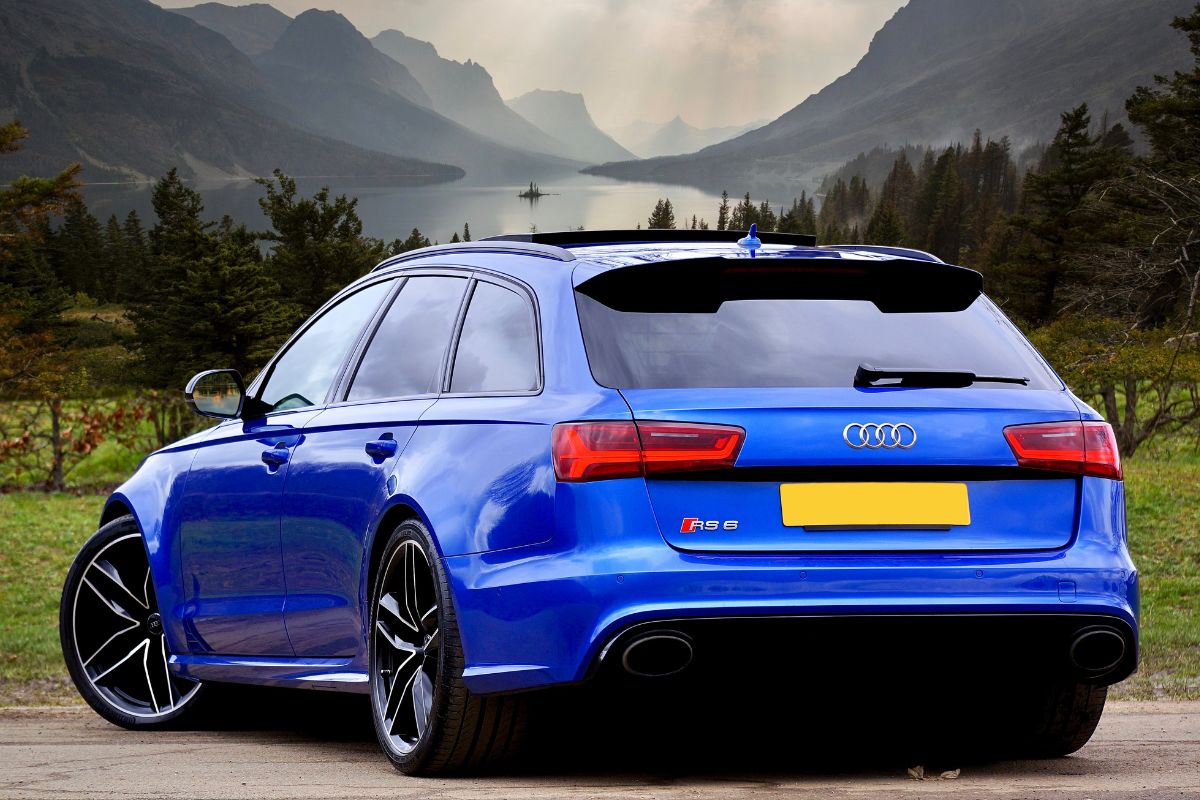
The Audi RS 6 Avant, like the GT Speed, shows that you don’t have to sacrifice interior and cargo room to have a high-performance luxury vehicle. Four doors, plenty of interior space, and a whopping 30 cubic feet of cargo room create a far less cramped vehicle. Its pricing is also much lower, at $116,500 MSRP.
One look at it will tell you it’s not a sports car. Audi bills it as a luxury sports wagon, and the performance holds up to that claim. A hefty 4.0L V8 gives 591 hp and 590 lb-ft of torque, propelling the wagon to 60 mph in 3.5 seconds and past the quarter-mile mark in 11.5 seconds.
The 296’s PHEV once again gives it a slight edge in a city fuel economy comparison, but highway economy on the RS 6 is just shy of the 296 at 21 mpg.
11. Porsche Taycan Turbo S

The Taycan line is Porsche’s foray into the growing field of luxury electric sports cars. Like the 911 line, the best performance comes from the Taycan Turbo S with a starting MSRP of $187,400. Twin electric motors nearly match the 911 Turbo S in acceleration, but the Taycan will lag slightly behind its conventional counterpart through a quarter-mile drag.
Compared to other EVs, the Taycan struggles with a low driving range. AMCI testing on the Taycan Turbo S showed a 278 mile driving range, nearly half as much as the Air Grand Touring from Lucid.
12. BMW M5 with Competition Package

The M5 from BMW ticks the luxury boxes, but its aesthetic leans towards the executive rather than the exotic. 553 lb-ft of torque and 617 hp from the 4.4 L V8 twin-turbo puts plenty of power under the hood to reach 60 mph in a competitive 3.2 seconds. Fuel economy is decent for the engine size, at 15 mpg city and 21 mpg highway.
It’s not quite as big on the inside as the RS 6 or Air Grand Touring, but it has room for 5 passengers and 14 cubic feet of cargo volume. A low price compared to the 296 helps with its appeal. Even with the competition package, the starting MSRP is only $115,400.
A Corvette or Mustang might be cheaper, but the M5’s roominess should be more cozy as a daily driver.


